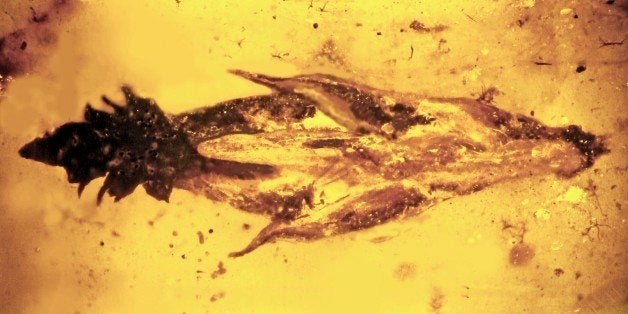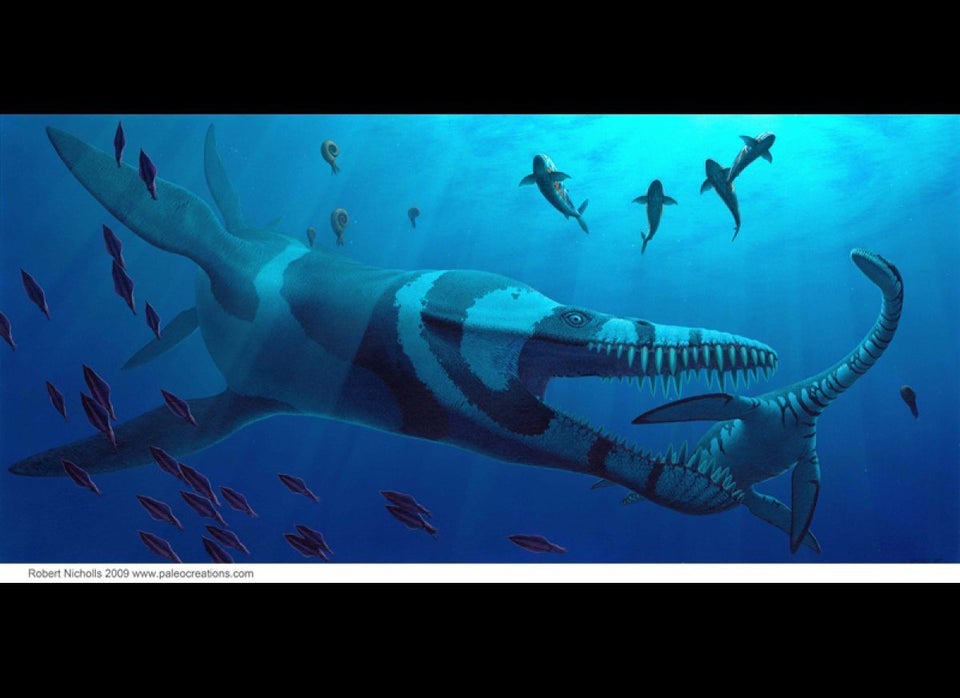
Mind-altering drugs aren't new--in fact, even dinosaurs may have been getting high back in the Cretaceous Era.
That's the word from a new study of the oldest grass ever found, which was discovered encased in amber in Myanmar. The 100-million-year-old fossilized grass is host to Palaeoclaviceps parasiticus, an extinct parasite similar to the fungus ergot, which is known for producing intense side effects like hallucinations and convulsions when consumed -- and can even be deadly.
“It seems like ergot has been involved with animals and humans almost forever, and now we know that this fungus literally dates back to the earliest evolution of grasses," Dr. George Poinar, Jr., a paleo-entomologist at Oregon State University and the study's lead author, said in a written statement.“There’s no doubt in my mind that it would have been eaten by sauropod dinosaurs, although we can’t know what exact effect it had on them.”
Humans have a long history with ergot. Thousands of people died in Europe in the Middle Ages from ergotism, also called "St. Anthony's Fire," a condition which resulted from eating ergot-infected grains. And more than 1,000 compounds, including the drug lysergic acid diethylamide (LSD), have been derived or extracted from it, according to the statement.
The best way to guess at how an ergot-like fungus would have affected dinosaurs, Poinar told The Huffington Post in an email, is to look at their descendants -- reptiles and birds. For instance, ergot can lead to deadly spasms in reptiles, while it produces strange disfigurations in chickens, he said.
As for whether the dinosaurs actually "got high?"
"It could have affected their mental state if the compounds in the fossil ergot were similar to those in present day ergot," Poinar said in the email. But we may never know.
The study was published in the 2015 issue of the journal Palaeodiversity.
